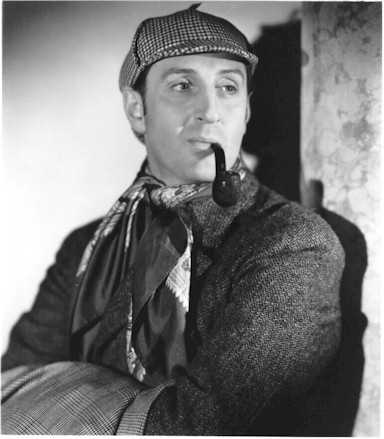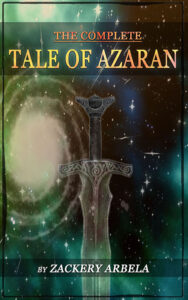Consider if you will the character of Conan the Barbarian. What image comes to mind when you think of him, RE Howard’s greatest creation? Chances are it is a fairly big, burly fellow with a pitiless face and dark lanky hair, wearing perhaps a few scraps of leather, standing atop a mound of dead enemies and live adoring women:

But is it accurate? Consider this fellow:

Doesn’t look the same does it? Yet this is how the big bad Cimmerian was depicted in the May 1934 issue of Weird Tales. For a generation of readers, this is how he would have appeared, and because their eyes saw it on the cover, that is likely how their minds interpreted when they read the story. Conan – as a Roaring Twenties swell in barbarian drag.
 It wasn’t until the sixties came about when the late great Frank Frazetta was commissioned to do the cover art for reprints of the original Howard stories as well as the works of writers who came after that the image of the character most familiar to us came about. The sullen, dark-haired adventurer from the north…painted by a man who cheerfully admitted that he never bothered to read the books before setting brush to canvas, an image reinforced by years of comic books, movies, and computer games. REH may have created the character, but it was Frazetta who gave him shape and form in our collective imagination.
It wasn’t until the sixties came about when the late great Frank Frazetta was commissioned to do the cover art for reprints of the original Howard stories as well as the works of writers who came after that the image of the character most familiar to us came about. The sullen, dark-haired adventurer from the north…painted by a man who cheerfully admitted that he never bothered to read the books before setting brush to canvas, an image reinforced by years of comic books, movies, and computer games. REH may have created the character, but it was Frazetta who gave him shape and form in our collective imagination.
There is a point to this – as much as writers like to flatter ourselves that the power of our words is such that merely reading the text will form indelible images of our characters in the minds of our readers, the fact is that visual interpretations of those characters will have more of an impact on how they are perceived. What they look like, the ideal they represent…words may say one thing, but a striking visual image, from a book cover, a film adaption, a comic book or fan art, can override what the words say and alter the way the reader subsequently interprets the story as it is read.
Consider the Hunger Games – today when we think of the character of Katniss Everdeen, we think of someone who looks a lot like Jennifer Lawrence with wavy dark hair. But in the original book, she is described as someone with olive skin and straight dark hair, which is different from how she ended up on the screen. Yet which image of the character is most likely to stick in our minds?

Or Sherlock Holmes, memorably portrayed by Basil Rathbone in a long series of movies in the 1940’s, to the point that his interpretation of the character determined how we saw it, even when we read the original stories?

I never had a firm image of Tyrion Lannister in my head when I first read A Game of Thrones, beyond his being short, blond and sardonic, but when I reread the books today, my imaginations forms him into the shape and style of Peter Dinklage (which is only a plus, as he is a fine actor who does the character proud. Besides…spacepants.)
So what is the point of this? That an image truly is worth more than a thousand words, than the moment someone else reads your words all bets are off.
And if you’re a writer, pay VERY close attention to your cover art.


